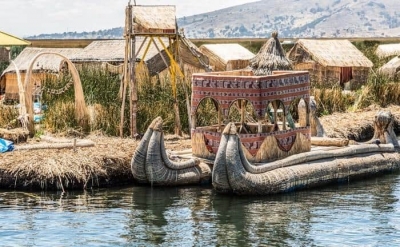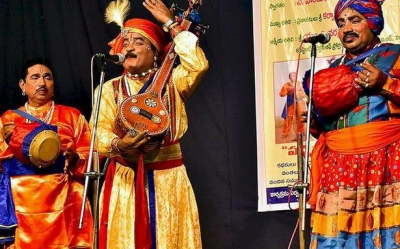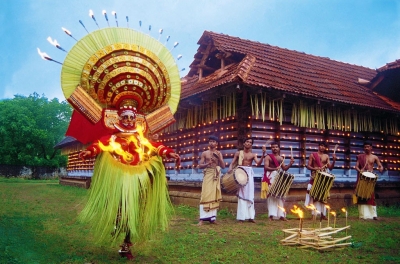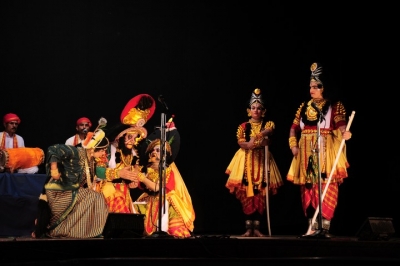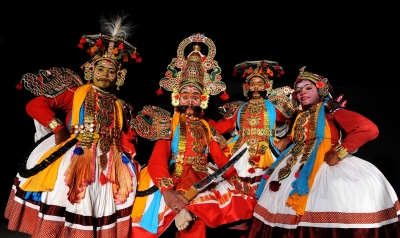What is Kintsugi art in japan?
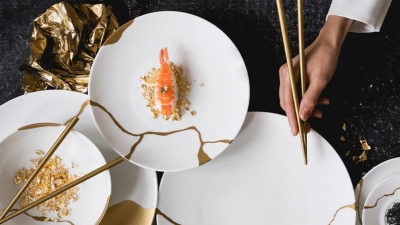
Kintsugi is the Japanese art of sealing cracks in broken pieces of pottery using gold powder and lacquer. A direct translation of the word means 'golden joinery'. By emphasising the cracks, the need to mend them and renew an object, the 400-year-old technique reflects the larger Japanese philosophy of wabi-sabi that tells you to look for beauty in imperfections.
The art may date back to the late 15th century, when Japanese shogun Ashikaga Yoshimasa returned a broken Chinese tea bowl to China to have it repaired. The bowl was given back to him held together with unattractive metal staples. At the time, staples were the main method used to fix broken, yet valuable, vessels. Tiny holes were drilled on either side of the broken pieces and then metal staples were bent and used to hold them in place.
The result was practical, but not very attractive. Yoshimasa's experience may have triggered a quest by Japanese craftsmen to find a new type of repair that could make damaged items look new — or even better.
The craft became so beautiful and so revered that collectors developed an appetite for the mended pieces. Some people were accused of purposely breaking prized items just so they could be repaired with the golden art. Some say that an item repaired by kintsugi looks more beautiful than when it was whole. When a ceramic vessel undergoes this mending transformation, its once-smooth surface becomes covered with rivers of colored zigzags and patterns. Because the repairs are done with meticulous skill (and with precious metal), the mended fractures look immaculate and artistic.
Credit : The Hugger
Picture Credit : Google
